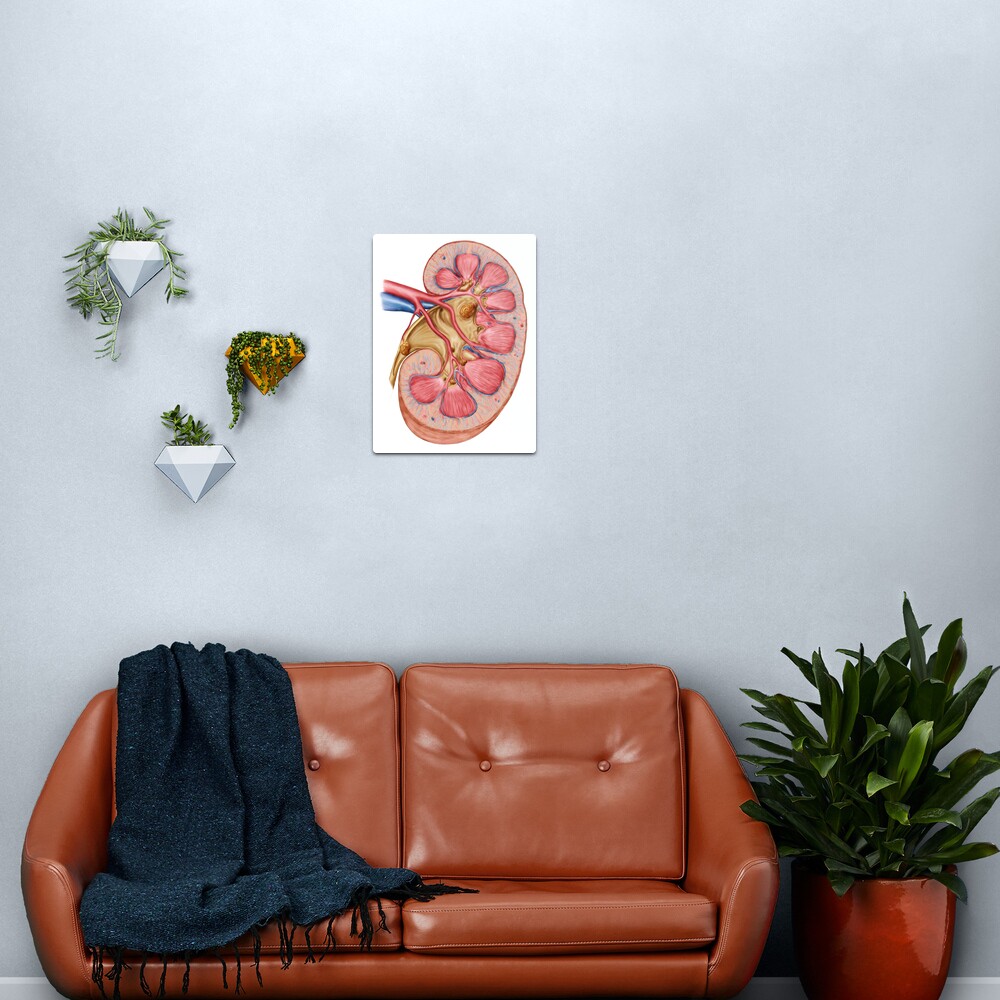

Since vitamin C is converted by the body into oxalate, large doses of the vitamin can predispose one to stone formation. Persons with intestinal absorption problems, including those who have had intestinal bypass surgery for obesity, sometimes develop calcium stones because of excessive absorption of dietary oxalate, which is eventually excreted by the kidneys. A very small percentage of kidney stones are associated with a parathyroid tumor that increases production of parathyroid hormone and thus raises the serum calcium level. Called also nephrolith and renal calculus.Ībout 80 per cent of kidney stones are composed of calcium salts, which precipitate out of their normally soluble form in urine, usually because the patient has an inherited tendency to excrete excessive amounts of calcium ( idiopathic hypercalcemia).

Kidney stone a calculus in the kidney, composed of crystals precipitated from the urine on a matrix of organic matter. The urine moves through a system of ducts into the funnel-shaped renal pelvis in each kidney, through which it is led into the two ureters. The urine contains, besides water, a quantity of urea, uric acid, yellow pigments, amino acids, and trace metals.

Excess water and other waste materials remain in the tubules as urine. Capillaries in the walls of the tubules reabsorb the water and the salts required by the body and deliver them to a system of small kidney veins which, in turn, carry them into the renal vein and return them to the general circulation. This filtrate is forced into the renal tubules, hairpin-shaped collecting channels in the nephrons. Within the capsule is a tuft of capillaries called the glomerulus that acts as a semipermeable membrane permitting a protein-free ultrafiltrate of plasma to pass through. Fluids and dissolved salts in the blood pass through the walls of the capillaries and are collected within the malpighian capsule, the central capsule of each nephron. Blood arrives at the kidney by way of the renal artery, and is distributed through arterioles into many millions of capillaries which lead into the nephrons. In this small area the kidney contains over a million microscopic filtering units, the nephrons. In an average adult each kidney is about 10 cm long, 5 cm wide, and 2.5 cm thick, and weighs 120 to 175 g.


 0 kommentar(er)
0 kommentar(er)
